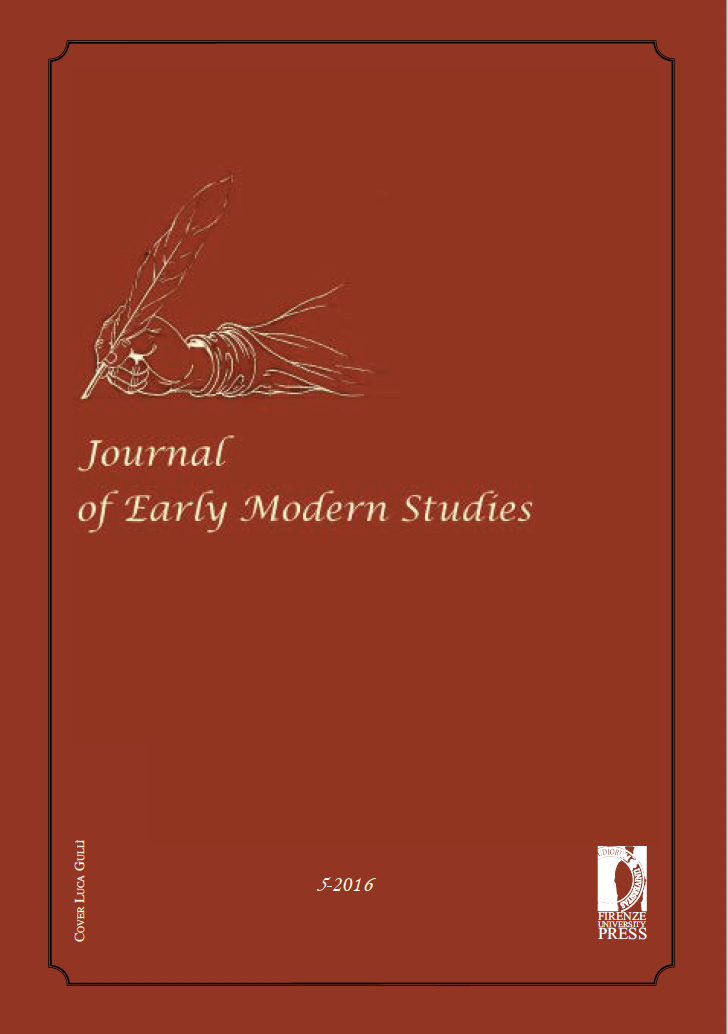Abstract
The article explores the possibility extended by Hugh Craig and Arthur Kinney that 2 Henry VI is a collaborative play. Passages attributed to Peele and Shakespeare in Titus Andronicus were tested for ‘rare’ tetragrams (i.e. instances which occur less than five times in plays first performed between 1580-1600) in order to gain an insight into authorial borrowing and self-borrowing. In this respect, the article combines Martin Mueller’s work on tetragrams plus (four plus word sequences) in ‘Shakespeare His Contemporaries’, with that of Ian Lancashire’s studies on authors’ working memories. The same methodology was also applied to passages attributed to Shakespeare and his co-author in Edward III. In particular, this study tests Act 3 of 2 Henry VI, which is considered Shakespeare’s primary contribution by Craig and Kinney, against the remainder of the play, in order to examine whether shared verbal parallels signify associative groupings at the forefront of Shakespeare’s mind as he composed the play, or whether these parallels indicate separate authorial cognitive processes.


